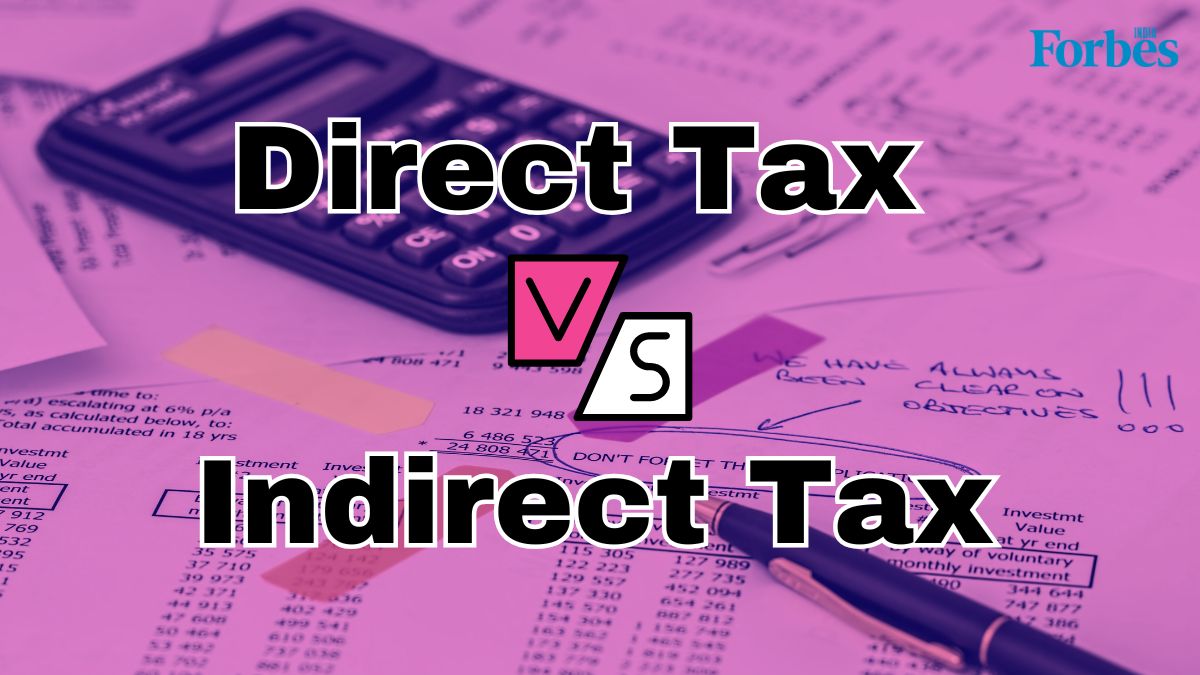Direct and Indirect Tax in India: Differences, types
If you're seeking clarity about the differences between income tax and GST, you're in the right place. Explore the difference between direct and indirect tax

“There are two things certain in life, said Benjamin Franklin once, “death and taxes”.
Taxation is an essential part of our lives, shaping how governments function and providing the resources needed for public services. In India, there are two main types of taxes: direct and indirect. But what exactly are these taxes, and how do they differ? In this blog, we'll take a closer look at the difference between direct and indirect tax. We'll break down the concepts in simple terms, exploring their roles, implications, and how they affect individuals and businesses nationwide.
Direct tax and indirect tax
Before we delve into the differences between direct and indirect taxes, you must familiarise yourself with the basic differences between the two:
Direct taxes
The government levies These taxes directly on individuals or entities based on their income or profits.
They are paid directly by the taxpayer to the government.

















